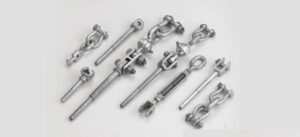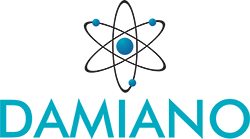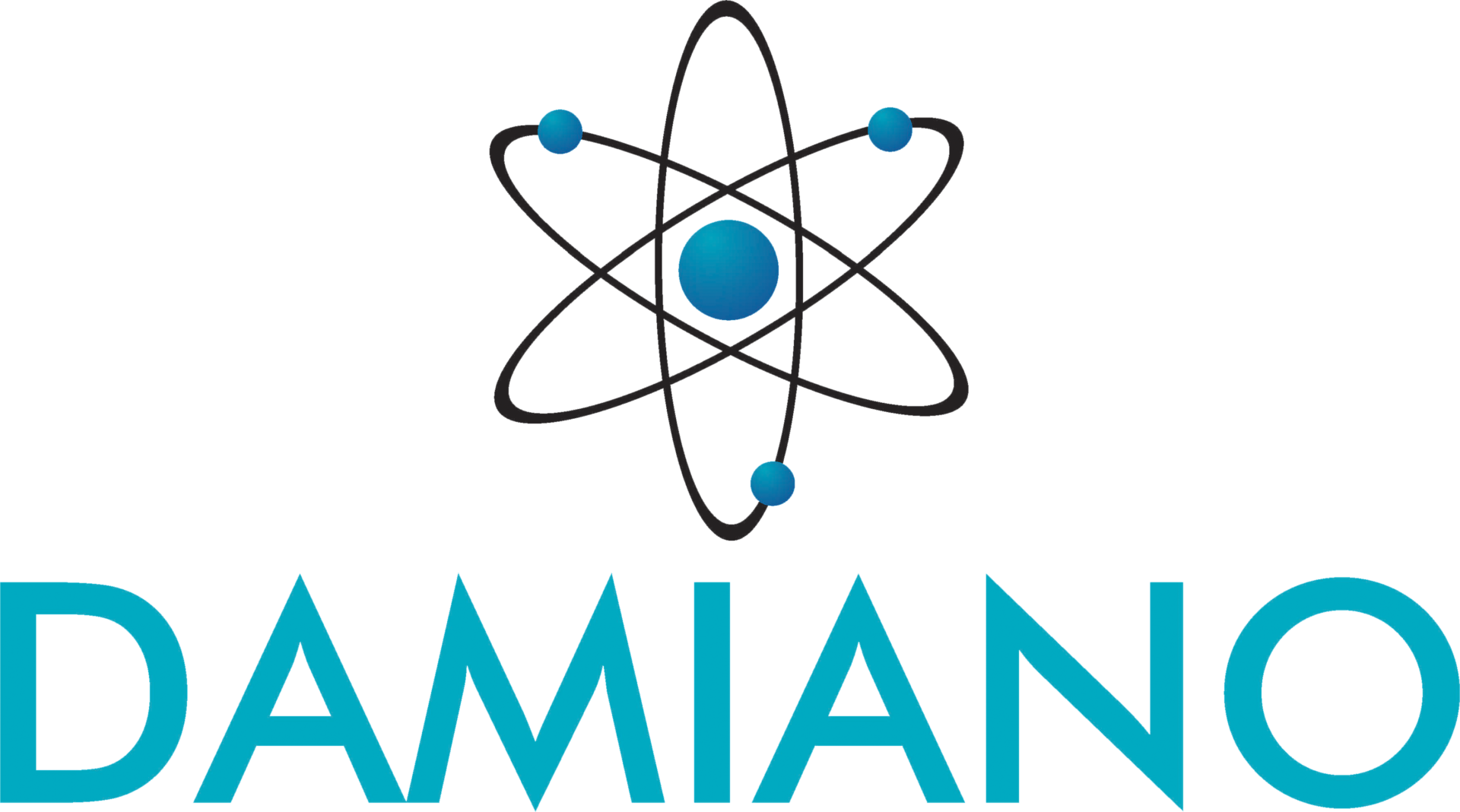Overhead & Transmission Line Hardware In India: A Project Buyer’s Guide By Damiano
Transmission line hardware India. This guide helps EPCs, utilities, and contractors choose the right overhead line fittings and accessories—engineered for Indian networks and climatic conditions.
As a leading manufacturer of high-voltage overhead line hardware in India, this guide helps EPC contractors.
Why Transmission Line Hardware Matters for India’s Grid
From high-voltage corridors to urban distribution networks, transmission line hardware ensures mechanical integrity, electrical performance, and long-term reliability. In India—where monsoons, salinity (coast), dust, heat, and lightning are common—choosing the right fittings, coatings, and QA processes is mission-critical. Poor selections increase line losses, outages, and maintenance costs; smart selections boost safety and network uptime.
More Types Of Overhead & Transmission Line Hardware
Below are the most commonly deployed fittings in Indian projects. Material options typically include forged steel, ductile iron, and aluminium/steel combinations, with galvanization and precision machining as standard for strength and longevity.
We manufacture a full range of durable and reliable overhead line hardware essential for power transmission across India:

Anchor Shackles
Connect anchors to chains or hardware assemblies. Look for forged steel, uniform grain structure, and verified working load limits (WLL) with safety factors appropriate for your line tension.
Yoke Plates
Used as strain equalisers and for sub-conductor spacing in bundled configurations. Ensure plate thickness, hole spacing, and tolerances match your stringing plan and insulator geometry.
Socket Eye
Links hardware balls to socket-type strain insulators. Precision machining and correct taper fit are essential to maintain string alignment and reduce point loading.
Socket Clevis (Socket Tongue)
Connects tension clamps with insulator sockets. Prioritise forged, galvanised components with clean surface finish, no sharp edges, and documented mechanical ratings.
Arcing (Arching) Horns
Protect against flashovers by providing controlled discharge paths. For Indian lightning conditions, select horns with proven corona performance and robust zinc protection.
Tension Clamps
Grip and hold conductors under high tension. Verify conductor compatibility (ACSR/AAAC/HTLS), slip tests, and thermal performance for your temperature envelope.
Suspension Clamps
Support conductors on the longitudinal path. Choose designs that minimise vibration and fretting, especially in wind-prone corridors; consider armour rods where applicable.
U-Bolts & Fasteners
Seemingly simple, yet critical. Specify thread accuracy, hardness, and coating quality; use locking mechanisms where vibration is expected.
Ball Clevis
Links ball and socket interfaces in the string assembly. Precision and concentricity reduce micro-movements that otherwise accelerate wear.
Spacers & Spacer Dampers
Maintain bundle geometry and mitigate aeolian vibration. For lines crossing open terrain, invest in tested spacer dampers to extend conductor and hardware life.
Quality, Standards & Galvanization: What to Check
- Material pedigree: Certified steel/aluminium grades with MTC and batch traceability.
- Hot-dip galvanization: Uniform zinc coating, proper adhesion, and post-galv inspection (no runs, drips, or bare spots).
- Mechanical tests: Proof load, ultimate tensile, slip tests (for clamps), and fatigue where relevant.
- Fit & finish: Burr-free edges, correct radii, precise hole diameters/spacing for quick fitment on site.
- Standards alignment: Comply with relevant Indian and international norms used by utilities/EPCs (project-specific requirements prevail).
How to Select Transmission Line Hardware for Indian Projects
Begin with your line design brief: voltage level, span, wind/ice, conductor type, and environmental conditions. Then shortlist hardware that meets mechanical and electrical performance envelopes. Always run a total cost of ownership lens—superior galvanization and tighter tolerances often save multiples in maintenance over 15–30 years.
For product deep dives, explore Damiano’s range of overhead line fittings (tension & suspension clamps, yokes, horns, clevises, spacers) engineered for Indian terrains and coastal belts.
Damiano Advantage: Built for Reliability, Backed by Service
- Engineering depth: Application-specific designs for HV/EHV corridors and tricky right-of-way conditions.
- Process control: Forging, machining, and galvanization with documented QA gates.
- Fit-for-India: Corrosion-resistant, vibration-tolerant, and temperature-rated assemblies.
- Project support: Pre-bid assistance, technical drawings, and on-site guidance for stringing and inspection.
Frequently Asked Questions (India-Focused)
What is the difference between tension and suspension clamps?
Tension clamps grip and hold conductors at dead-end or angle locations under high tensile loads. Suspension clamps support conductors along the span, prioritising vibration control and minimal mechanical damage.
How important is galvanization for Indian environments?
Extremely. Monsoon, humidity, and coastal salinity accelerate corrosion. Specifying robust hot-dip galvanization and verifying coating thickness/adhesion significantly increases service life.
Can one hardware specification fit all corridors?
No. Conductor type, terrain, wind profile, lightning incidence, and maintenance philosophy differ by project. Customising fittings—especially clamps, horns, and spacers—pays off in reliability.
What are the key quality checks for Overhead Line Hardware in India?
Given the challenging Indian environment, we prioritize hot-dip galvanization checks and robust testing. Key checks include: material testing (forged steel, aluminum), mechanical load testing (to meet IS/IEC standards), and dimensional accuracy to ensure quick, reliable installation on-site.
Conclusion: Choosing the Right Partner for Transmission Line Hardware in India
For dependable grid performance, choose Transmission line hardware India solutions with proven metallurgy, coatings, and QA. Damiano’s engineered range helps Indian EPCs, DISCOMs, and utilities minimise outages, reduce lifetime costs, and improve safety. Explore our Overhead Line Fittings or talk to our engineers for a fast, project-ready recommendation.


